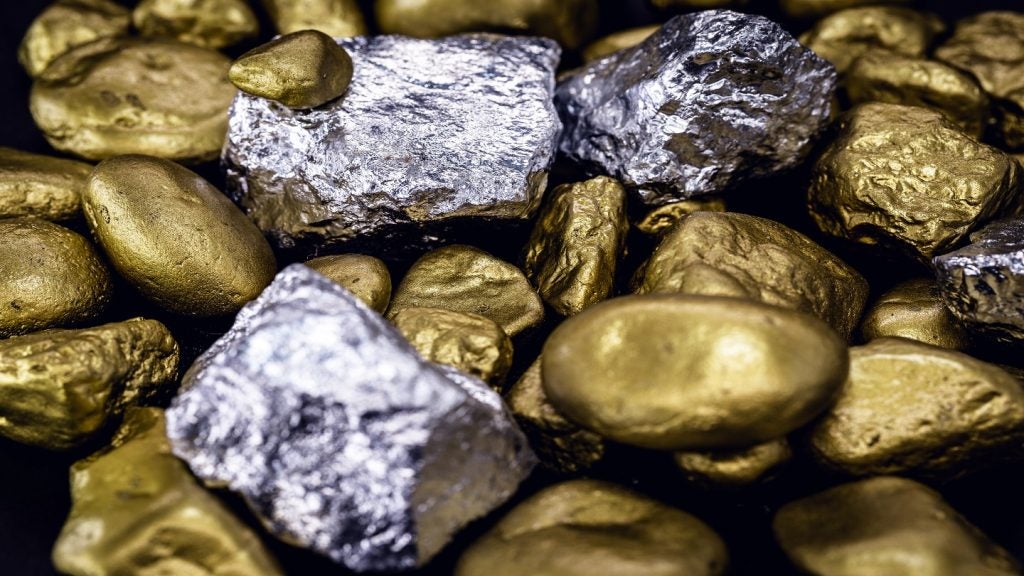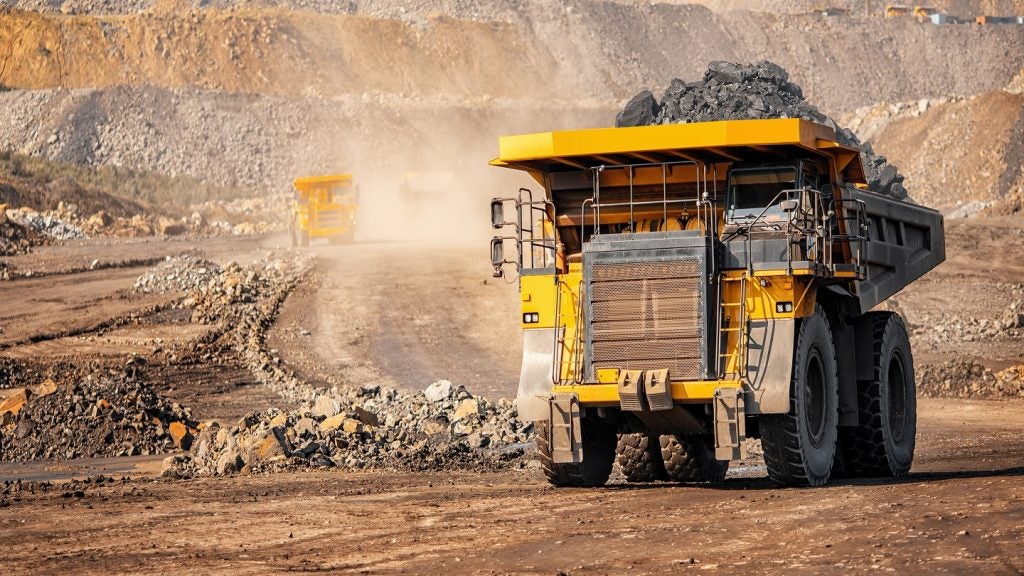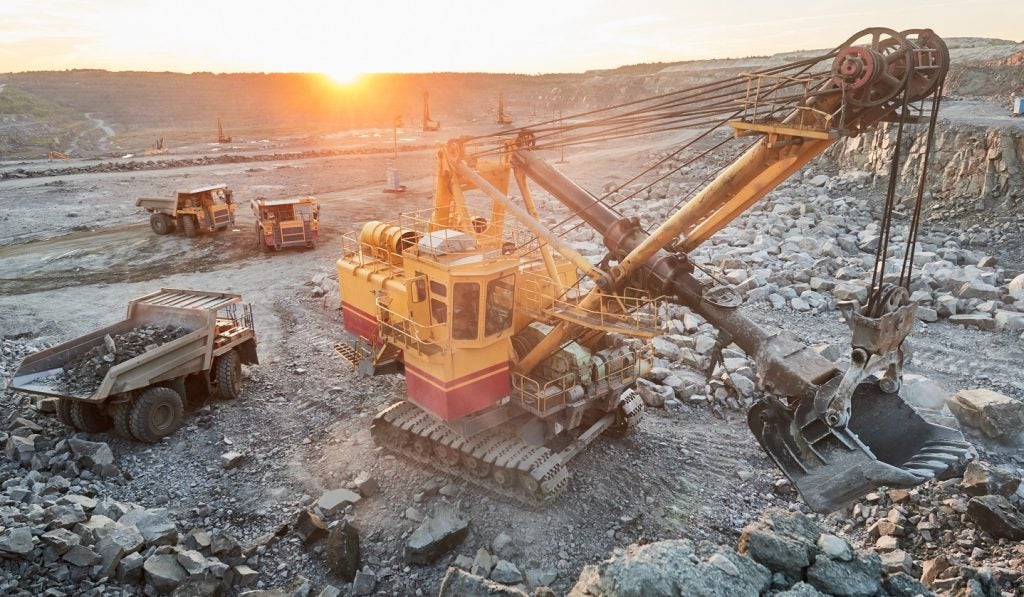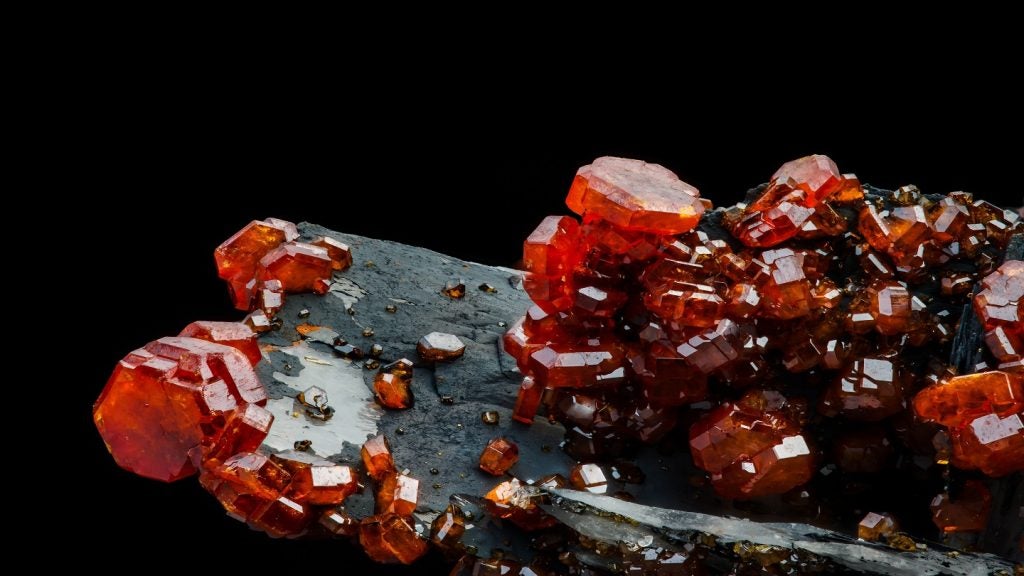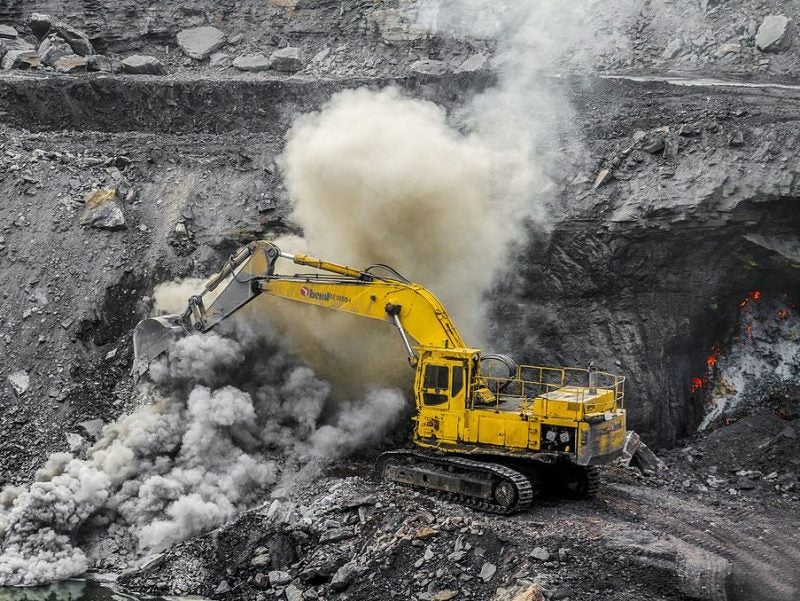
“Contemporary India-Australia relations can be best described as being loaded in intent but limited in action… Pledges of “common destiny” have repeatedly been made, only to remain unfulfilled.”
So begins a recent brief by Natasha Jha Bhaskar of the Observer Research Foundation (ORF) in New Delhi. Entitled ‘Examining the potential of India–Australia partnerships in mining’, it discusses the challenges facing India’s mining sector and the potential for collaboration between the two nations.
After all, India’s increasing urbanisation, rising household incomes and industrial activity are set to drive greater demand for resource commodities, and Australia is ideally positioned to supply its extended neighbour with resources, and to help modernise its mining sector and improve efficiency.
“It seems that things are currently moving in the right direction,” comments Abhijit Mukhopadhyay,
senior fellow (economy and growth) at ORF. “According to Australian Government data, two-way trade in goods and services between the countries has grown from $13.6bn in 2007 to $27.5bn in 2017. That may not be spectacular, but the growth in bilateral trade is there – which is a good thing.
“The Australian Government releasing ‘An India Economic Strategy to 2035’ (IES) in 2018 is another significant step. It means that further improvements to the trade relationship with India is on the radar of Australian Government,” he adds.
How well do you really know your competitors?
Access the most comprehensive Company Profiles on the market, powered by GlobalData. Save hours of research. Gain competitive edge.

Thank you!
Your download email will arrive shortly
Not ready to buy yet? Download a free sample
We are confident about the unique quality of our Company Profiles. However, we want you to make the most beneficial decision for your business, so we offer a free sample that you can download by submitting the below form
By GlobalDataUntapped potential: challenges facing India’s mining sector
India produces 90 different types of minerals, including fuel, atomic, metallic and non-metallic minerals, according to a Make in India’s ‘Mining Sector Achievement Report 2016’. Globally, it is the third-largest producer of both coal and steel, the fourth-largest iron-ore producer and is home to the fifth-largest reserves of Bauxite. However, India’s mining industry contributes only 1.4% of GDP.
The ORF report notes that India’s exploration expenditure is insignificant when compared with other mineral-resource rich countries, such as Canada and Australia, which account for 14% and 13% of the global mining-exploration spend, respectively. India’s share, on the other hand, is a meagre 2%.
“It is well known that geoscience and exploration are primary problems for India’s mining sector,” says Mukhopadhyay. “Exploration and identification of natural resources remain areas where India possibly can seek active cooperation with Australia.”
India also lacks the advanced technology required for the mining, extraction and processing of precious minerals, and faces substantial delays in processing mining leases and prospecting leases.
Mukhopadhyay also points to low productivity levels, obsolete technology, administrative and legal barriers, and poor worker quality in the sector, arguing that rapid and wide-spread modernisation is required and reform is the only answer.
“Cheap labour may work as an advantage in some sectors, but it is not so in mining, as productivity and efficiency are getting adversely affected,” he says. “If demand in the sector revives, there will be an increased requirement for engineers, geologists and labourers. But the question is, does India have the infrastructure to train these people? The current answer to this question is broadly negative.”
Falling demand, corruption and mineral quality
Mukhopadhyay identifies another factor at play in his country’s mining industry and wider economy.
“As a macroeconomist I see a larger problem, and that is lack of demand,” he states. “Demand for mining products is linked to the larger growth of manufacturing and heavy industries in the country, which has slowed down in the recent times.”
“Scams and frauds in allotting coal mines handicapped the entire coal mining sector in the following years,” he continues. “Mines were apparently allotted directly to those manufacturers who will extract and directly use the natural resource as input; however, quite a few of them turned out to be non-starters. What followed next was a global downward spiral in commodity prices, including coal.
“Then there is the issue of quality. Not many people talk about it, but quite a few variants of Indian coals are inferior in quality, and naturally subjected to pollution and other environmental standards and norms. All of these factors conspired to introduce deceleration in the Indian coal mining sector.”
Mutually beneficial: potential synergies between India and Australia
The IES report articulates Australia’s vision for capturing the opportunities offered by India’s market, and lists “mining and resources” as one of the “lead sectors” for economic engagement with India.
“In a world characterised by trade tensions and a comatose WTO, every country is looking for new trade partners, and they should, and India and Australia are no exceptions,” says Mukhopadhyay. “The IES report correctly identified that in India the drivers of the growth are consumption and services, the latter being one area that Australia seems to be interested in.
“For India to grow, of course, mining products will play an important role. I can immediately see two products, coal and iron ore, playing a pivotal role in India’s future growth story. India has to partly import both these products – Australia can come in here as one of the major source countries.”
The ORF analysis notes that Australia’s abundant resources are only one part of a larger picture and that Australia and India should forge a mineral research, exploration and development alliance to improve the latter’s relatively inefficient mining practices, as well as mine safety and rehabilitation.
“Beyond regular trade, Australia can help India to modernise mining, improve the quality of products and develop trained human capital,” says Mukhopadhyay. “We don’t see a lot of cooperation in those areas currently, but these are the areas where both India’s challenge and possible future synergies with Australia lie.”
Political will: is the Modi government committed to reform?
By 2025, India is set to become one of the largest importers of iron ore, thermal coal and coking coal, accounting for 11%, 25% and 22%, respectively, of their seaborne trade. The ORF reports states that India’s increasing global share of these commodities is likely to push prices of these higher and that by meeting its own demand for resources, the nation can address its current account deficit.
Does Mukhopadhyay think there is sufficient political will in India to forge mining alliances with Australia and other nations though?
“With Narendra Modi back as prime minister with a thumping majority, and many calling the new government Modi 2.0, it seems that there is solid political will to take up policy measures and reforms to forge economic alliances with Australia and other nations,” he states. “But of course, the government needs to be totally convinced on nature of such alliances.
“Picking up some more acceleration in Australia-India Comprehensive Economic Cooperation Agreement (CECA) is the way to go. Signing one workable CECA will make the jobs of business in both the countries lot easier. However, a lot of these future developments will depend upon how these two new governments decide to go about the CECA agreement.”
However, Mukhopadhyay sounds a note of caution about the potential downside of such ‘reforms’.
“If the reform means that multinational companies come in, export Indian resources to other global destinations, and then transfer the profit to source countries, then India has nothing to gain,” he says. “If a reformed mining sector can support a possible growth story in manufacturing and heavy industries with high technology content, then India may indeed gain something in the long-term.”



